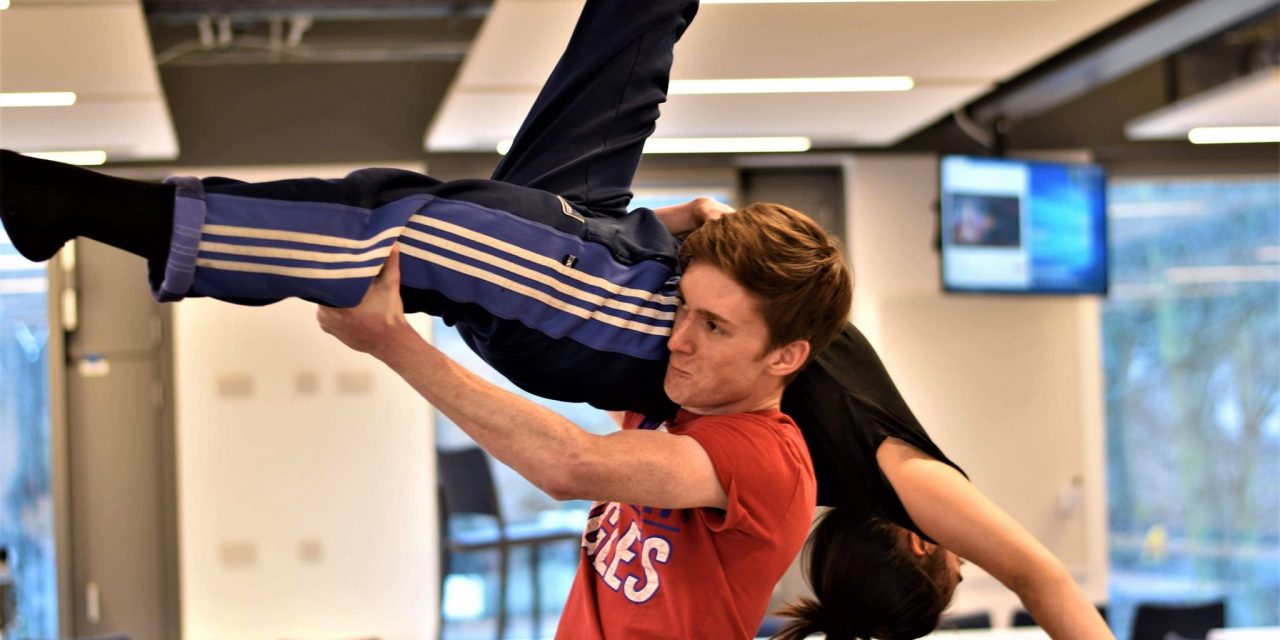Layla Chowdhury, Director of Sita with Squashed Mango Theatre Company, speaks to First Night about the most colourful show of Michaelmas Term.
Tell me a bit about the premise of the show and what the audience can expect?
Sita is a fun little show based on the Indian myth ‘Ramayana’. As a family friendly piece we have tried to include colourful images, a fast-paced narrative and exciting movement to keep both adults and kids engaged. We have set it as a magical story invented by a child, whose imaginings of the tale keep getting interrupted and changed by the adults in the room. Changing the traditional myth from the very patriarchal structure of a fairy tale and focusing more on the ‘princess’, Sita’s story has allowed us to add our own critique of the classical story and give it a modern twist.
What made you want to bring this story to Durham?
Diwali, the festival which came from the myth ‘Ramayana’, was always a part of my childhood. We would have a small party, light candles, watch fireworks and eat mountains of Laddu. Coming to Durham I stopped celebrating Indian festivals as frequently, so I thought creating a piece of theatre which showcases both my heritage, and a fond part of my childhood, would be a very satisfying and fun experience. The play tells an uncommon story in a fun and novel way, providing a small amount of diversity to the Durham theatre scene.
You mention in the show’s tagline that it’s set in a ‘white dining room’, can you tell me a bit more about that?
The vibrancy and colour in Indian culture is something that I think is really fun and unique. We wanted to showcase this as best we could throughout the ‘child’s imagination’ and contrast it to the ‘real world’ setting of an adult dinner party. The white background features our powdered Holi paints and the colourful tech to create an exciting and visually stimulating experience.
Which character were you most excited to see brought to life?
Both Sita and the child are interesting characters to develop. Giving Sita a stronger voice, and allowing her to develop further than the more classical princess was extremely satisfying in subverting the princess archetype. The child was probably the most fun to explore, working on her physicality and tantrums, how present or not present she should be in a scene, really helped us structure the piece. Similarly, having a totally silent character who guides all the action was so novel and allowed us to focus purely on physicality, which is something that often gets ignored.
Why did you choose to devise the show instead of going straight into it with a script, and what have been some of the highlights and challenges of this?
A devising process can be really hard to maintain and structure but it allowed us to develop a collaborative atmosphere throughout the room, which I was quite passionate about. When it came to writing scenes, devising movements and creating dance sequences we were able to draw on everyone’s strengths in order to create something which we were all happy with. Similarly, once we came to working on scenes we had a backlog of physical pieces which could adapt and focus on to create more exciting and creative performances.
Sita will be performed in the Assembly Rooms Theatre on the 11th, 12th and 13th of December at 7:30pm.

